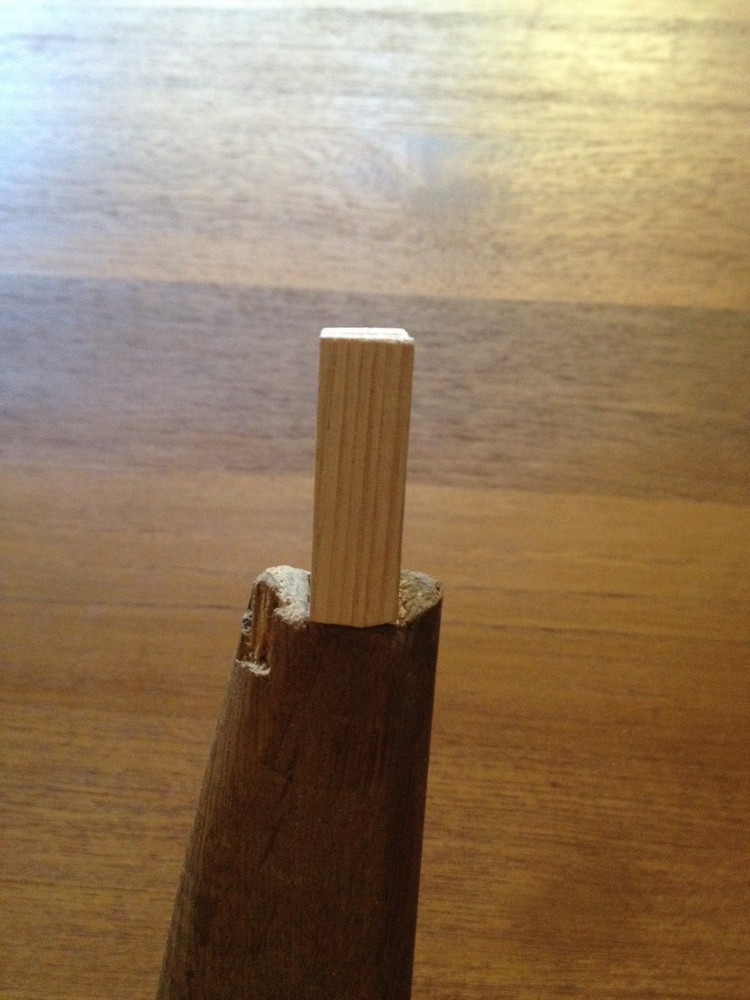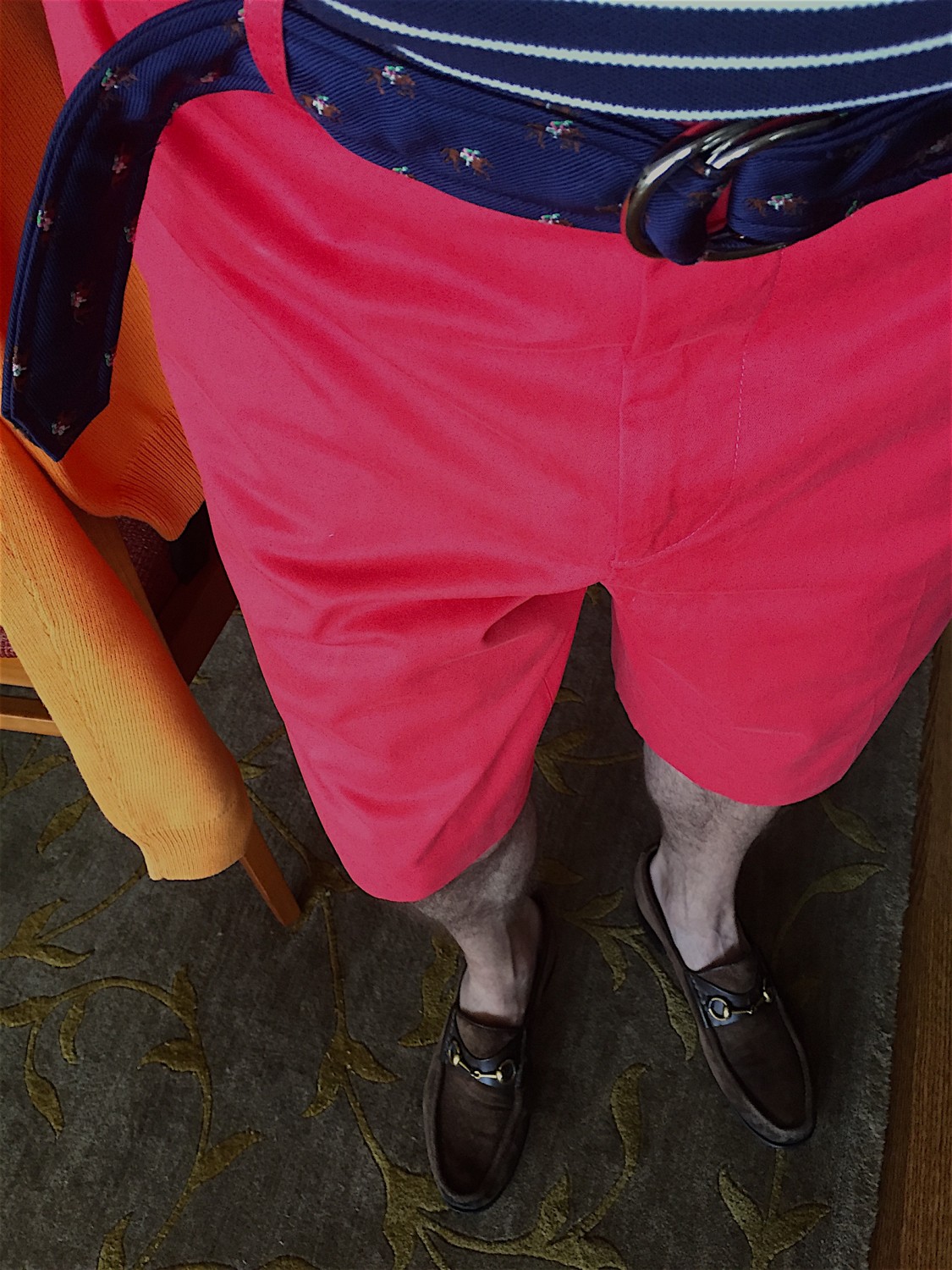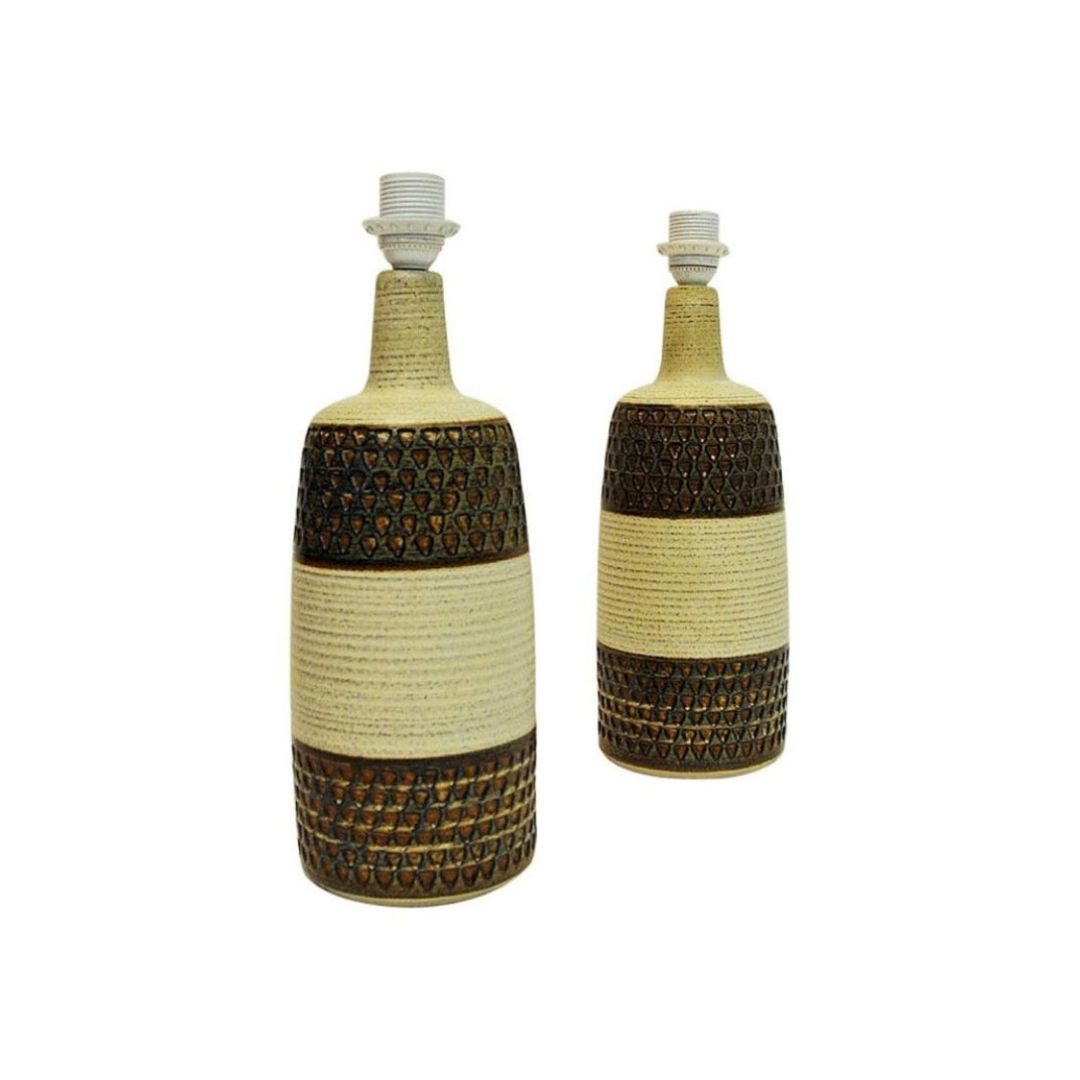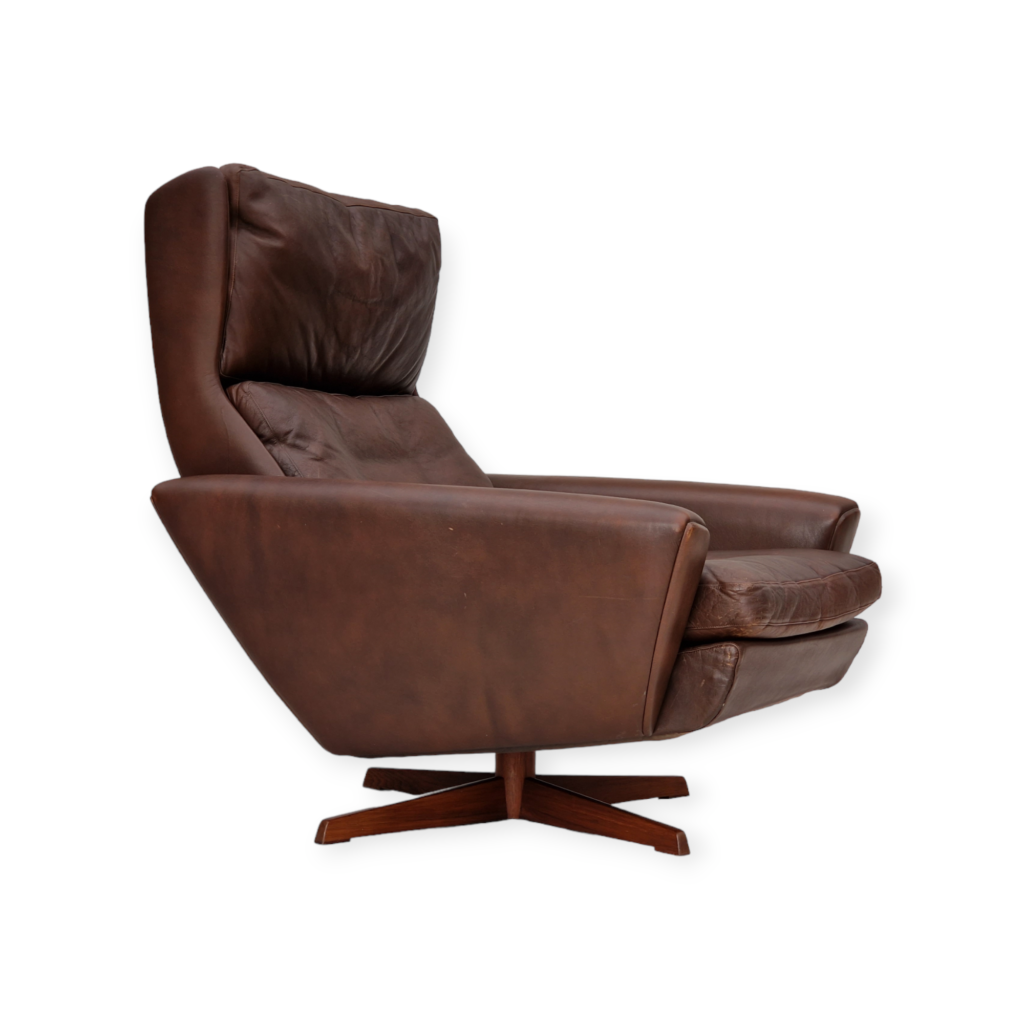I again remembered to take photos of the restoration of the first of the pair of Hans Wegner CH-24 Wishbone chairs. This one suffered from a tenon that had been crushed to splinters.
http://d1t1u890k7d3ys.cloudfront.net/cdn/farfuture/74r5bQ7zW6dakWS4ESi4ibQtgDa6agWn27mNYUaES2I/mtime:1487935745/sites/default/files/forum/IMG_2103.jp g" /><img class="wpforo-default-image-attachment wpforoimg" src=" http://old.designaddict.com/sites/defau 
Nice, Leif. You restored that tenon in just the way I would have prescribed, if my skills were up to it. Turning a cylindrical bore into a square mortise, with so little room for error, isn't for the amateur. But making a floating tenon with a cylinder on one end and a rectangle on the other isn't a piece of cake, either !
The chair truly is the pinnacle of the woodworker's art, it seems to me -- comparable to the challenge of making and outfitting a boat, perhaps . . .
I imagine it is done with a duplicating lathe (I am sure there is a more appropriate name, but it is escaping me). For example, see how PP Mobler makes the arms for "The Chair" at about 4:15 in this video:
http://vimeo.com/21091939
(It certainly is not bent, the grain goes straight through, unlike the bent back, which is bent from one piece of wood, not even sliced into bending veneer and then laminate, just bent as is.)
Good repair, Leif. Thanks for posting. I especially appreciate the pics.
That oak is certainly brown in color. Do you really think it was fumed originally or has it simply darkened with age? Some of those European varieties start off darker than what we have here in North America.
A furniture/antiques person on "Antiques Roadshow" was talking with the owner a nineteenth-century copy of an eighteenth-century French table, veneered and with inlay. The owner said he had been putting some linseed oil on the piece from time to time "because it's so dry here in Miami" (!). The expert said "oil tends to soak in and darken over time, and it's irreversible."
Anything to that ?
I definitely think they are smoked oak. Other oak chairs, of European and American oaks, and similar age that I have seen don't have this color. (Those had darkened, but nowhere near as much as these wishbones). What does often have this brown color is American Craftsman style furniture, and smoked oak was particularly popular in that style. But, most importantly, the wishbone has always been offered in smoked oak. The color is quite attractive on oak. It is a deep chocolate brown, and it contrasts very nicely with the rays.
I think they were probably oiled at the factory (as they are currently per Carl Hansen's literature), and since never saw a drop of oil. They felt like bare wood, which is what I imagine 60-65 years--in the desert nonetheless--would do to one coat of oil. I put a single thin coat of Linseed oil on the chair I have restored.
Tktoo: you beat me to it. Stickley is exactly who I was thinking of. He made it quite a popular look in the idiom of craftsman style.
Oh, and I like your answer about oil darkened furniture. UV light would certainly lighten it (amongst other things), but I doubt a conservator would accept the potential collateral damage of such a bleaching.
I once got a pair of chairs for free from a garbage pile in the back lot of a local thrift store. They were either Stickley or one of his imitators from the period (although the collector who bought them from me said he was confident they were Stickley model #349 1/2 chairs). Ammonia fumed oak is a beautiful finish for white oak. It is too bad one does not see it much in use anymore.
If you need any help, please contact us at – info@designaddict.com













